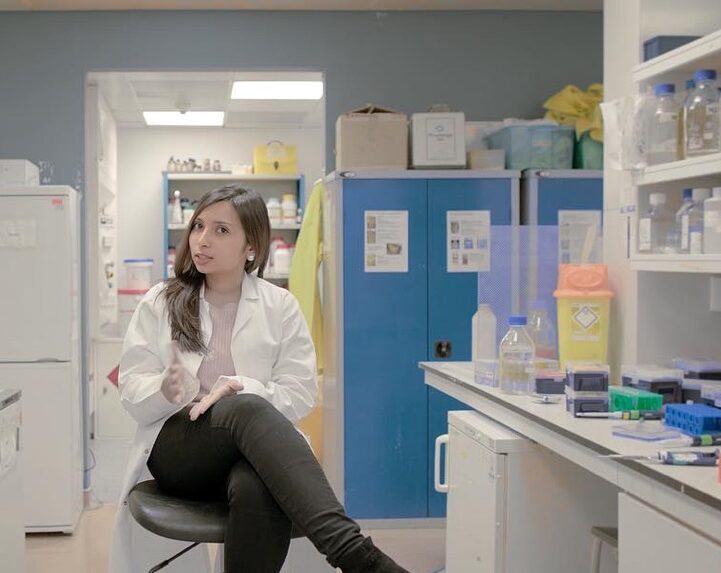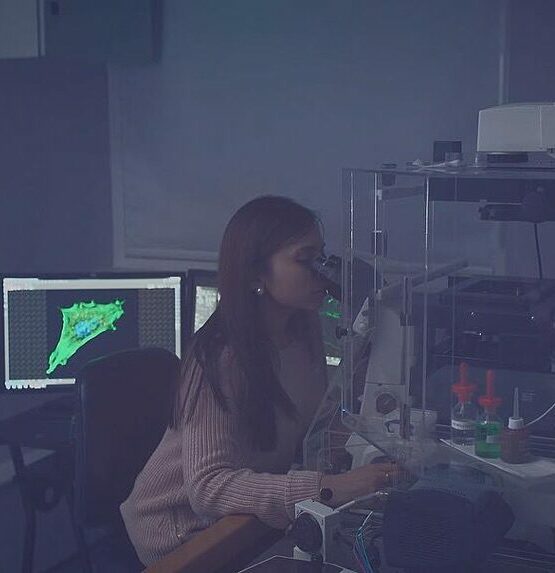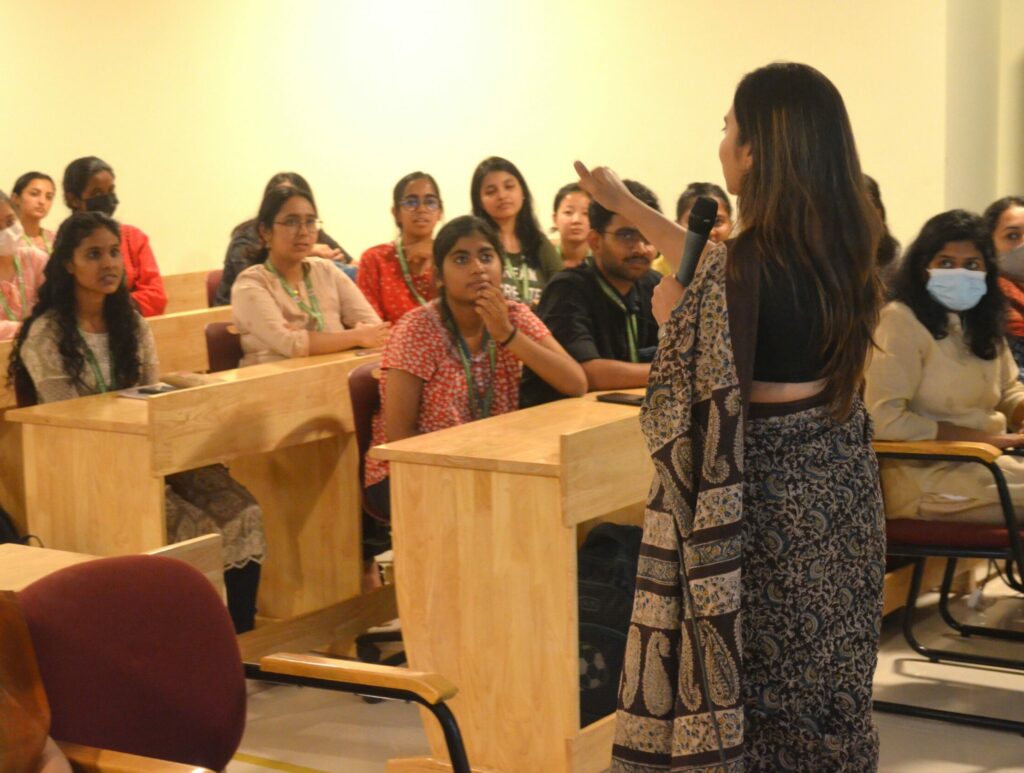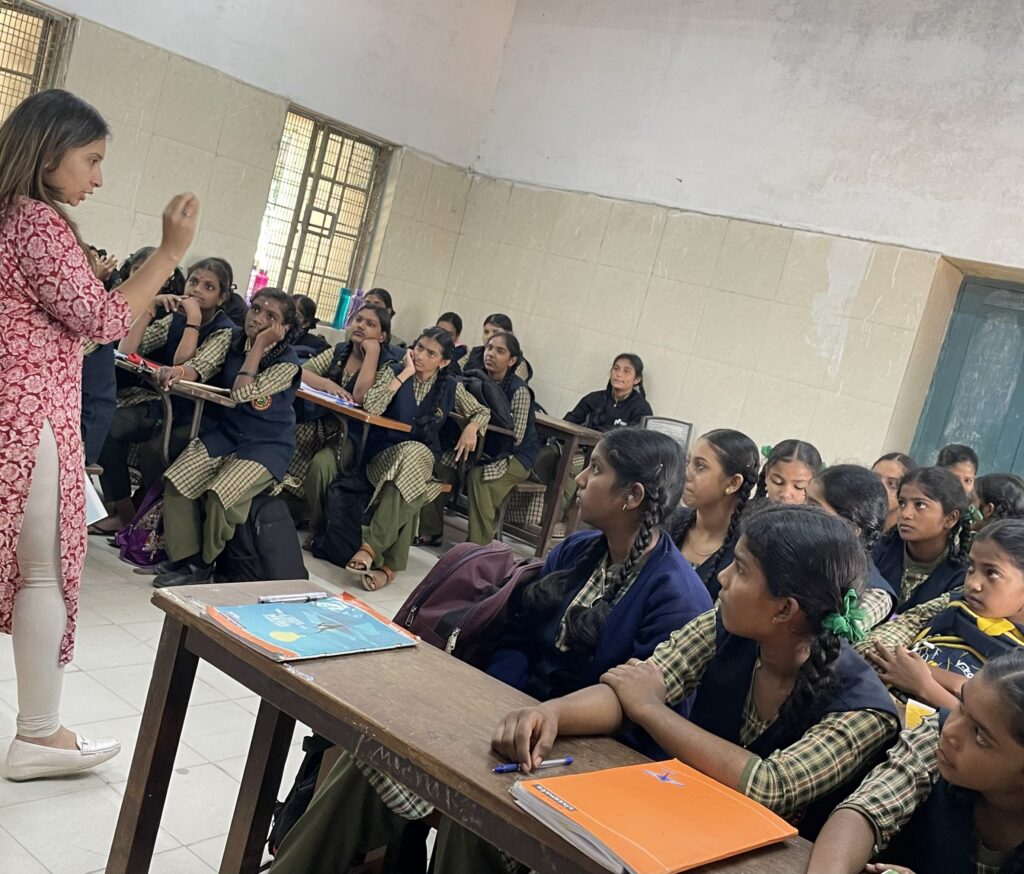Academic Roles.
Researcher.
Innovator.
Teacher.
Mentor.


RESEARCH.
Parsons lab, King’s College London (2013- 2017)
Characterised and validated a novel protein-protein interaction between cell junction receptor, Coxsackie and Adenovirus Receptor (CAR), and cytoskeletal protein, filamin A, which has great implications in the treatment of lung inflammation during asthma and lung cancer.
Pullarkat lab, Raman Research Institute, Bangalore (2012)
Demonstrated a tight quantitative relationship between nuclear deformation and cell spreading in mesenchymal stem cells.
Parsons lab, King’s College London (2011- 2012)
Screened and validated protein interaction partners of Coxsackie and Adenovirus Receptor (CAR), a novel cell:cell junction protein, essential in studying adhesion and migratory signalling in lung epithelial cells under homeostatic and inflammatory conditions.
PUBLICATIONS.
Raghavan, S., Santis, G. & Parsons, M (2018). CAR associates with Filamin A to regulate epithelial cell adhesion and migration (Manuscript is being prepared)
Morton, P. E., Hicks, A., Ortiz-Zapater, E., Raghavan, S., et al (2016). TNFα promotes CAR-dependent migration of leukocytes across epithelial monolayers, Scientific Reports
Vishavkarma, R., Raghavan, S., et al (2014). Role of actin filaments in correlating nuclear shape and cell spreading, PloS one
TEACHING.
King’s College London (Oct 2014- Jan 2017)
Conducted practical laboratory-based modules for MBBS and BDS Year 1 & 2, and undergraduate B.Sc (Biochemistry, Biomedicine & Cell Biology streams) students Assessed term examination papers/essays and provided feedback.
The Brilliant Club (Sept 2015- March 2017)
Designed new course modules in biophysics, delivered and examined student learning outcomes for Year 9-12 students at Carshalton Boys High School & Wembley High Technology School, London.
Government Pre-University College, Bangalore (2015- Present)
Pro-bono module-based teaching and skill development training to improve the performance of disadvantaged students.

MENTORING.
King’s College London (Jan 2015-Dec 2016)
Provided one-on-one supervision and support to M.Sc and B.Sc students to complete dissertation projects. Supervised and guided students in drafting novel research proposals, designing and conducting experiments as well as submitting written theses.
Realising Opportunities Programme (Sept 2015- Sept 2017)
Mentored and guided Year 11-12 students to design independent research projects in varied subjects and write dissertations, and examined their learning outcomes.
International Space School Educational Trust in collaboration with NASA (July 2012).
Mentored at ‘Mission Discovery’ Summer School in ideating research questions and designing research methodology to better understand biomedical functions of the human body in space.
